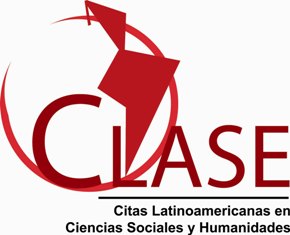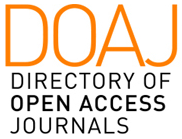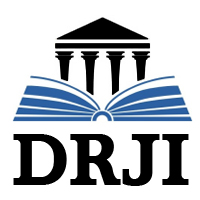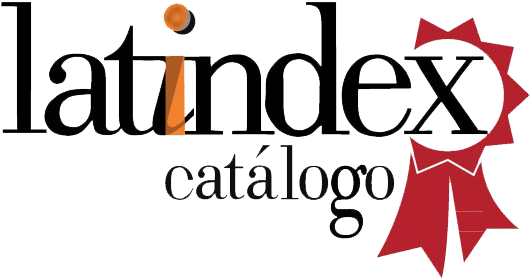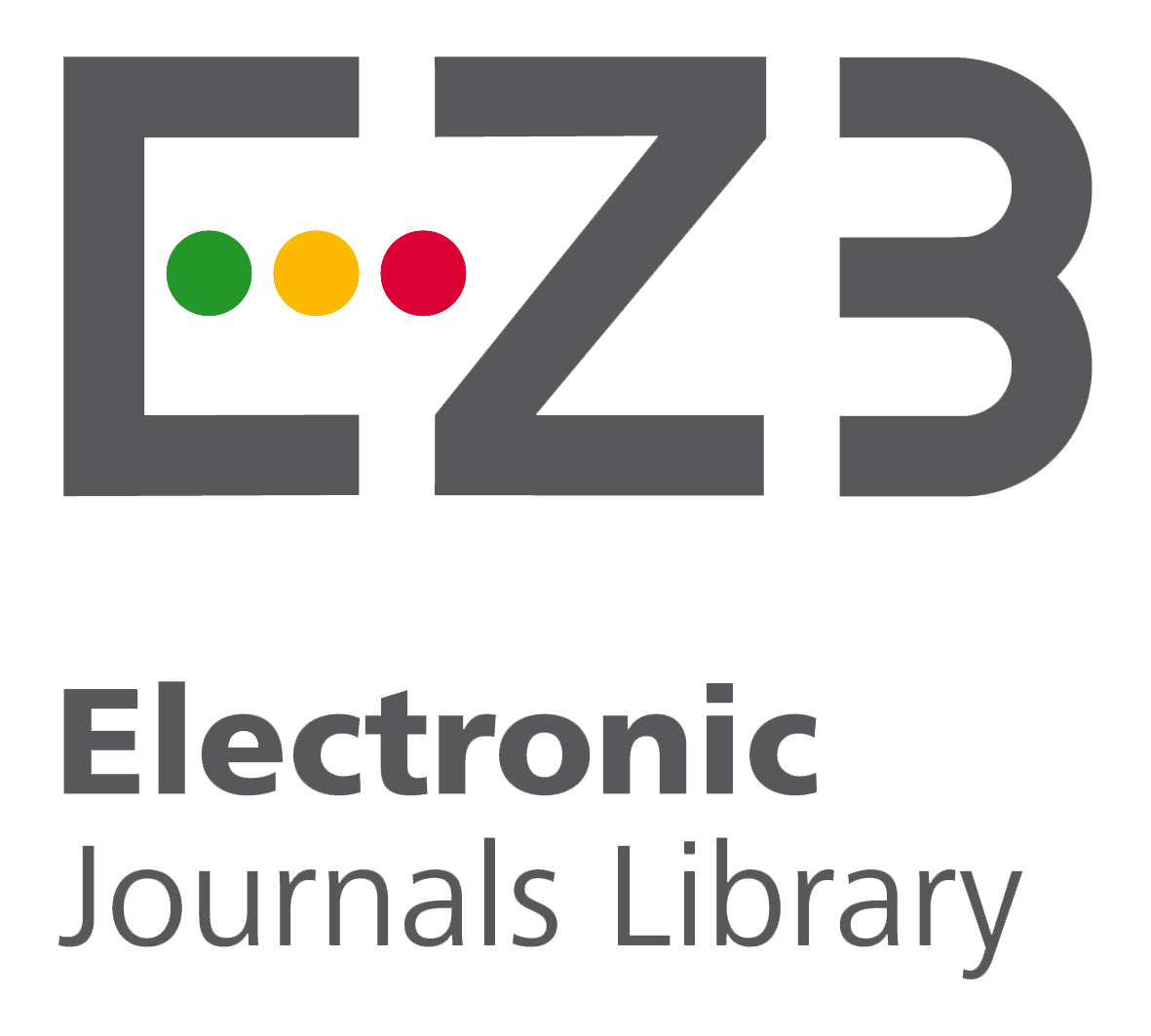Oral litigation techniques in interrogation and cross-examination in criminal matters (Original)
Keywords:
criminal procedure; witness; interrogation; cross-examination; strategic litigationAbstract
Interrogation and cross-examination are indispensable skills that a good lawyer must handle in an adversarial system of hearings such as the Ecuadorian one. Knowing how to approach witnesses, both one's own and those of others, is fundamental in all stages of the criminal process, so that knowing how to use the tool of questions presupposes doing it scientifically. There are minimum rules that every litigant must apply when questioning in a strategic litigation. According to the Organic Integral Criminal Code, article 502, paragraphs 14, 15, 16 and 17 establish the types of questions that may or may not be asked by the procedural parties in the interrogation and cross-examination, however, there are important conceptual gaps, specific definitions are not provided, and it is essential for the legal professional to identify and differentiate the types of questions among them. This scenario is not consistent with a correct strategic litigation, where it is necessary to avoid asking questions contrary to law or objecting to them in case they are asked by the opposing party, in order to guarantee the rights of the witness. In this context, this legal paper proposes a doctrinal determination and clarifies which questions should be asked and which should not be asked in an interrogation as part of the techniques applied in oral litigation.
Downloads
References
Almanza, F., & Peña, F. (2022). El contrainterrogatorio. Teoría y práctica. Asociación Peruana de Ciencias Jurídicas y Conciliación.
Atienza, M. (2013). Curso de argumentación jurídica. Trotta.
Asamblea Nacional de la República de Ecuador. (2014, 10 de febrero). Código Orgánico Integral Penal. Registro Oficial Suplemento 180. https://www.defensa.gob.ec/wp-content/uploads/downloads/2016/05/abr16_CODIGO-ORGANICO-INTEGRAL-PENAL-COIP.pdf
Asamblea Nacional de la República de Ecuador. (2008, 20 de octubre). Constitución de la República del Ecuador. Registro Oficial 449. https://www.defensa.gob.ec/wp-content/uploads/downloads/2021/02/Constitucion-de-la-Republica-del-Ecuador_act_ene-2021.pdf
Blanco, R., Decap, M., Moreno, L., & Rojas, H. (2021). Litigación penal estratégica en juicios orales. Editorial Tirant Lo Blanch. https://www.librotecnia.cl/sitioweb/productos/pdf/indice_librotecnia_litigacionpenalestrategicaenjuiciosorales_Blanco.pdf
Baytelman, A., & Duce, M. (2004). Litigación penal. Juicio oral y prueba. Universidad Diego Portales. https://aulavirtual4.unl.edu.ar/pluginfile.php/6890/mod_resource/content/1/Manual%20de%20Litigacion-.pdf
Decastro, A. (2005). El contrainterrogatorio. Estudio sobre la práctica de la prueba testimonial adversa. Librería Jurídica Comlibros.
Peña, O. (2022). Técnicas de litigación oral. Teoría y práctica de la prueba. Asociación Peruana de Ciencias Jurídicas y Conciliación.
Peñuela, D. (2023). Manual práctico de litigación oral en asuntos no penales. Corporación de Estudios y Publicaciones.
Portugal, J. (2021). La objeción como herramienta de litigio en juicio oral. Editorial Pasión por el Derecho.
Quiroz, W. (2013). El Interrogatorio y el Contrainterrogatorio en el nuevo Código Procesal Penal. Gaceta Jurídica.
Ureta, J. A. (2012). Técnicas de Argumentación Jurídica para la Litigación Oral y Escrita. Ediciones Legales.
Published
Issue
Section
License
Copyright (c) 2024 Roca. Scientific-educational publication of Granma province.

This work is licensed under a Creative Commons Attribution-NonCommercial-ShareAlike 4.0 International License.















